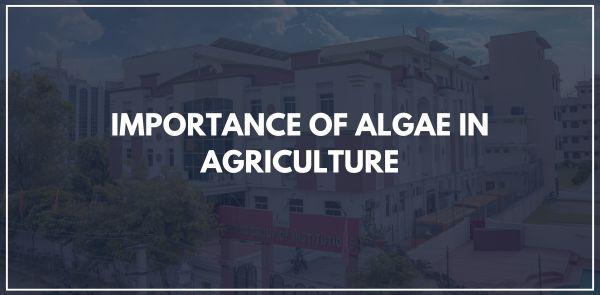
Algae are a diverse group of organisms inhabiting a wide range of environments. Freshwater, marine and terrestrial and even hostile environments, such as hot springs and the Antarctic, can all contain algae. They range from 0.2um in diameter (microalgae) up to beyond 50m in length (macroalgae or seaweeds). Algae are primarily aquatic organisms and, like terrestrial plants, possess the ability of photosynthesis by capturing the energy from sunlight and fixing carbon dioxide (CO2) into biomass. Algae are supposed to be the ancestor of modern plants; therefore, the lineage of their photosynthetic machinery connects to cyanobacteria . Algae are without roots, stems, leaves or vascular tissue as found in terrestrial plants. Cyanobacteria however, although also called blue-green algae, are classified as bacteria.
The significance of algae as biofertilizers was first recognized in 1939, when De attributed the fertility of tropical rice field soils to the nitrogen fixing abilities of blue-green algae in the soil. Algal fertilizers could not only help in improving soil fertility through the increase of soil carbon and nitrogen, and through the aggregation of soil particles to improve soil structure. The cyanobacterial inoculants which emerge have positive effects on plant height, dry weight and grain yield. And they increase the number of soil microorganisms that transform soil nutrients which are unavailable to plants into forms that are available to plants. Soil microorganisms also improve soil air circulation. cyanobacterial fertilizers were added in combination with inorganic fertilizer. As a result, it is hard to determine whether the growth of plants was due to cyanobacteria alone or the impact of the inorganic fertilizer.
At Poddar College, one of the best colleges in Jaipur, the Botany Lab houses a diverse collection of algae, providing students with valuable hands-on learning experiences. Students have the flexibility to tailor the scale and scope of their courses, allowing them to explore algae through industry exposure and intensive laboratory training. These courses cover the identification of different algae varieties, their optimal growth requirements, and harvesting methods for processing.

